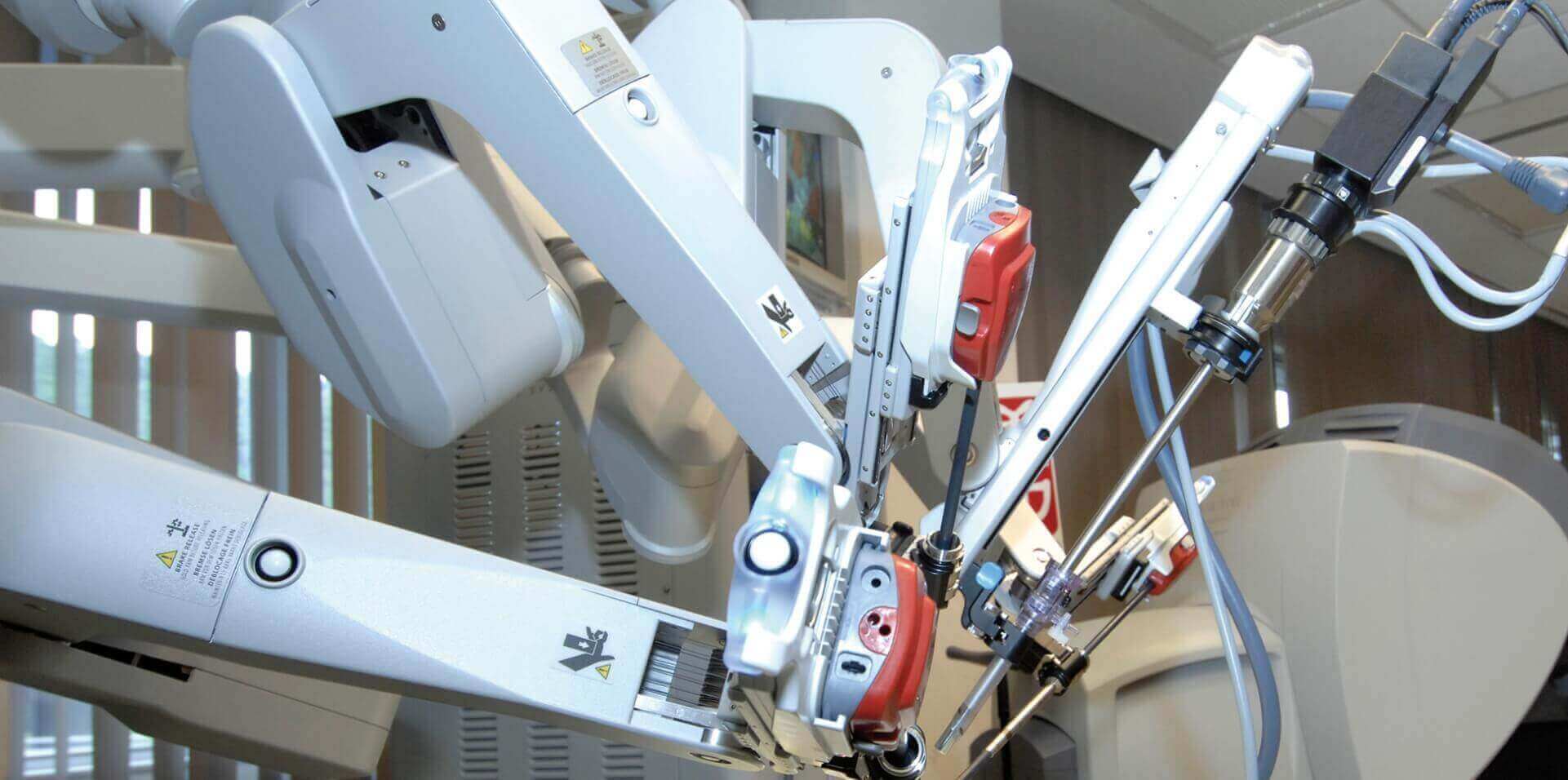Precision temperature sensors from Stellar Technology are in demand worldwide for a variety of industrial test, measurement and process control applications.
Stellar Technology’s complete offering of fully welded, stainless steel temperature sensors are rugged enough for any conditions and are available in temperature ranges from -320° to +750° F. Outputs include analog or digital, including RS232, RS485 and CANbus.
Below, you’ll find some of the most important aspects to take into account when deciding on the right temperature sensors for your equipment and finding the ideal temperature sensor manufacturers. And when you’re ready, click here to place an order with us.
If you would like to learn more about our custom temperature sensors, please contact us today.
What to Consider When Selecting Temperature Sensors
When deciding on temperature sensors for your company, there are a number of factors to keep in mind:
Performance Considerations for Our Temperature Sensors
To receive optimal performance from your temperature sensors, be sure to:
- Identify the range of temperatures you will be measuring with the unit
- Determine the operating media (fluid) that will be measured
- Determine the temperature accuracy:
- +/- degrees
- +/- % of reading
- Identify the frequency response that is required:
- Seconds in fluids to give true reading
- Function of probe parameters
- Determine the temperature units you will utilize:
- Fahrenheit
- Celsius
- Rankine
- Reaumure
- Kelvin
- Determine your over-temperature conditions:
- Will you ever exceed the maximum temperature range?
- To what degree?
Mechanical Considerations
- Process connection/pressure fitting:
- For your system, what is the maximum working pressure?
- Material characteristics:
- Viscosity
- Velocity
- Corrosiveness
- On/off cycling
- Physical size:
- Size constraints
- Location access
- Probe length
Temperature Sensor Electrical Considerations
When purchasing temperature transducers, businesses should also consider the electrical output from the sensor and whether it is:
- Analog
- mV/V
- 0-5 Vdc, 0-10 Vdc, or other
- Bipolar voltage
- Isolated or non-isolated voltage
- 4-20mA current
- Digital
- RS485 (MODbus)
- RS232
- CANbus, J1939, CANopen
- Combination
- Analog and digital
Other Electrical Considerations Include
- External zero and span potentiometers
- Internal, DIN rail mount or in-line signal conditioning
- Power supply specifications
- Electrical termination:
- Connector/cable orientation
- Connector or integral cable
- Wiring codes and pin-outs
- Need for mating connectors and cable assemblies
- Individual customer specifications
Environmental Considerations for Low and High Temperature Sensors
- Operating temperature range
- Hazardous environment issues:
- Intrinsically safe
- Explosion-proof
- EMI/RFI conditions
- Indoor or outdoor use conditions:
- Exposure to elements
- Temperature extremes
- Dirt & dust
- Animals & insects
- IP or NEMA rating required?
- Submersible or subsea:
- Depth
- Case pressure
Special Requirement Considerations
- Calibration requirements
- Testing and cleaning
- Shock and vibration resistance
- Special approvals and certifications
- Special labeling requirements
- Serviceability:
- How accessible does the unit need to be?
- How often will the equipment be serviced?
Contact Stellar Technology
For assistance in ordering temperature sensors, temperature transmitters or temperature transducers – or for any other inquiry – be sure to contact Stellar Technology today! We would love to be your temperature sensor manufacturer.


